- Dew Point Meters
- Gas Analysers
- Portable Gas Detector
- Moisture And Dew Point Analyzer
- Dust/Opacity Monitor
- Gas Monitoring Systems
- Gas Leak Detectors
- Gas Transmitters
- VOC Leak Detector
- Air Quality Monitoring System
- Online Continuous Emission Monitoring System-OCEMS
- Dew Point Monitors
- Gas Detector
- Opacity Monitor
- Portable Flue Gas Analyzer
- Online SOX & NOX Gas Analyzer
- Methane Gas Leak Detector
- Hydrogen Purity Analyzer
- Gas Purity Analyzer
- Effluent Monitoring Systems
- Producer Gas Analyzer
- Gas Detector Calibration Service
- Portable Gas Monitors
- Gas Sensor Transmitter
Argon Purity Analyser
Price 175000 INR/ Unit
MOQ : 1 Unit
Argon Purity Analyser Specification
- Power Supply
- Rechargeable Battery With Charger
- Test Range
- 0% - 99.99 % V/V
- Usage
- Purity Analyzer
- Application
- Purity Analyser
- Product Type
- Analyzer
- Resolution
- 0.01 %
Argon Purity Analyser Trade Information
- Minimum Order Quantity
- 1 Unit
- Payment Terms
- Cash Advance (CA), Cash in Advance (CID), Cheque
- Supply Ability
- 3 Units Per Month
- Delivery Time
- 2 Week
- Packaging Details
- As Per Customer Requirement
- Main Export Market(s)
- Asia, Australia, Central America, North America, South America, Eastern Europe, Western Europe, Middle East, Africa
- Main Domestic Market
- All India, South India, Central India, West India, North India, East India, Gujarat, Karnataka, Kerala, Lakshadweep, Mizoram, Meghalaya, Manipur, Andhra Pradesh, Bihar, Chandigarh, Daman and Diu, Goa, Jharkhand, Odisha, Punjab, Assam, Delhi, Dadra and Nagar Haveli, Andaman and Nicobar Islands, Arunachal Pradesh, Chhattisgarh, Haryana, Himachal Pradesh, Jammu and Kashmir, Madhya Pradesh, Maharashtra, Nagaland, Rajasthan, Sikkim, Tamil Nadu, Telangana, Tripura, Pondicherry, Uttar Pradesh, Uttarakhand, West Bengal
- Certifications
- An ISO 9001:2015 Company
About Argon Purity Analyser
| Features | Complete Automatic Operation |
| Drift | +- 1% of full scale max. Per day |
| Minimum Resolution | 0.01 % |
| Detection Principle | Thermal Conductivity / Infrared. |
| Sampling | In built sample pump and flow regulator |
| Sampling Method | In Built Suction Pump |
| Range | 0% - 99.99 % V/V. |
| Readout | 128 x 64 Graphics LCD |
| Country of Origin | Made in India |
| Usage/Application | Industrial Use |
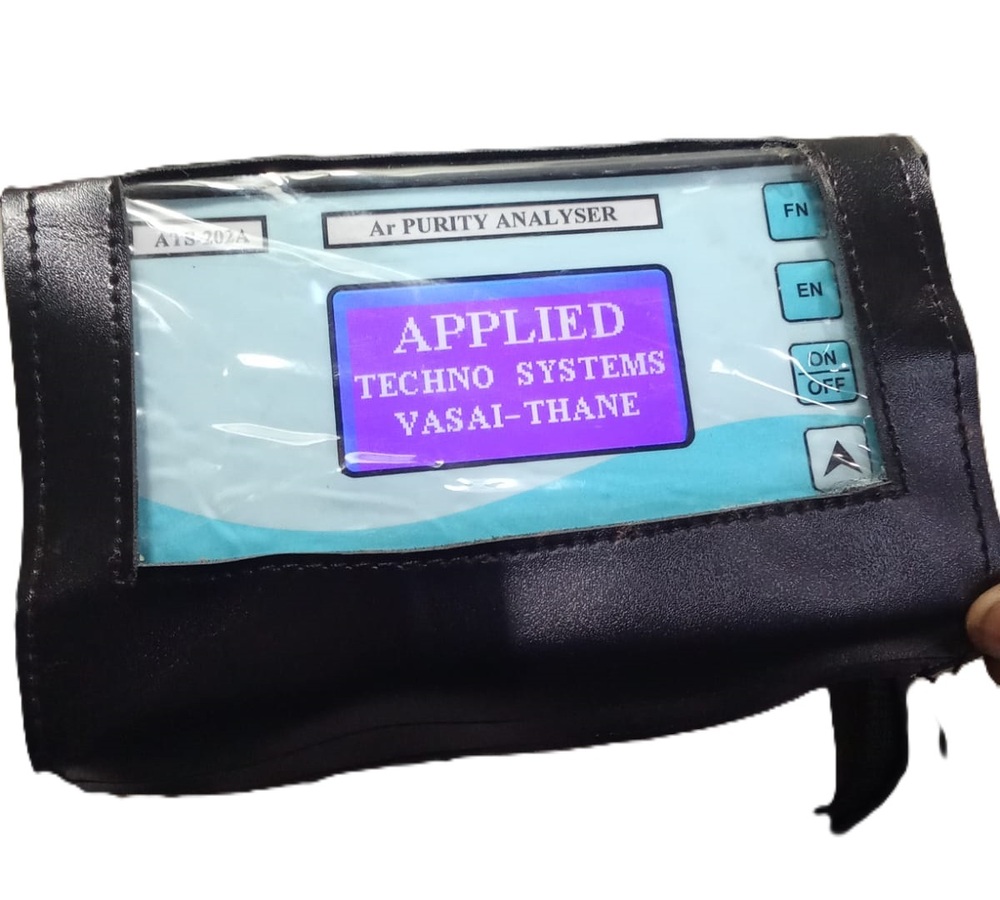
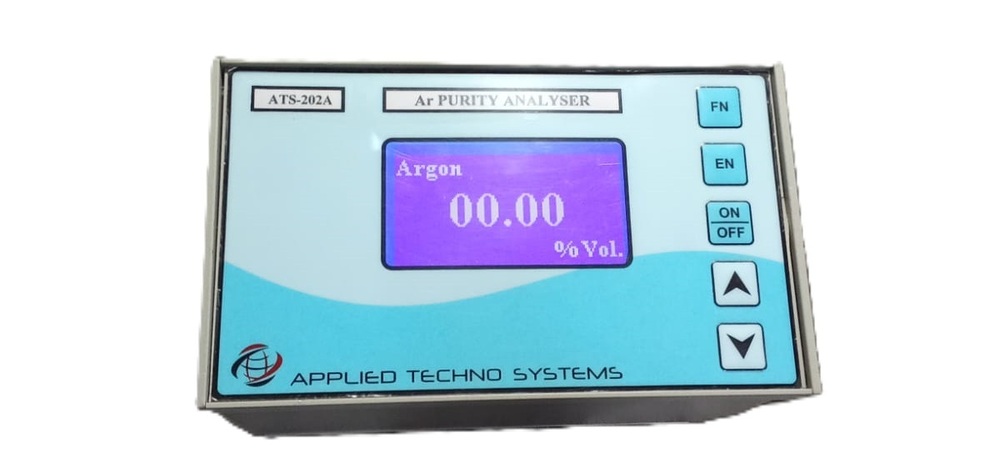
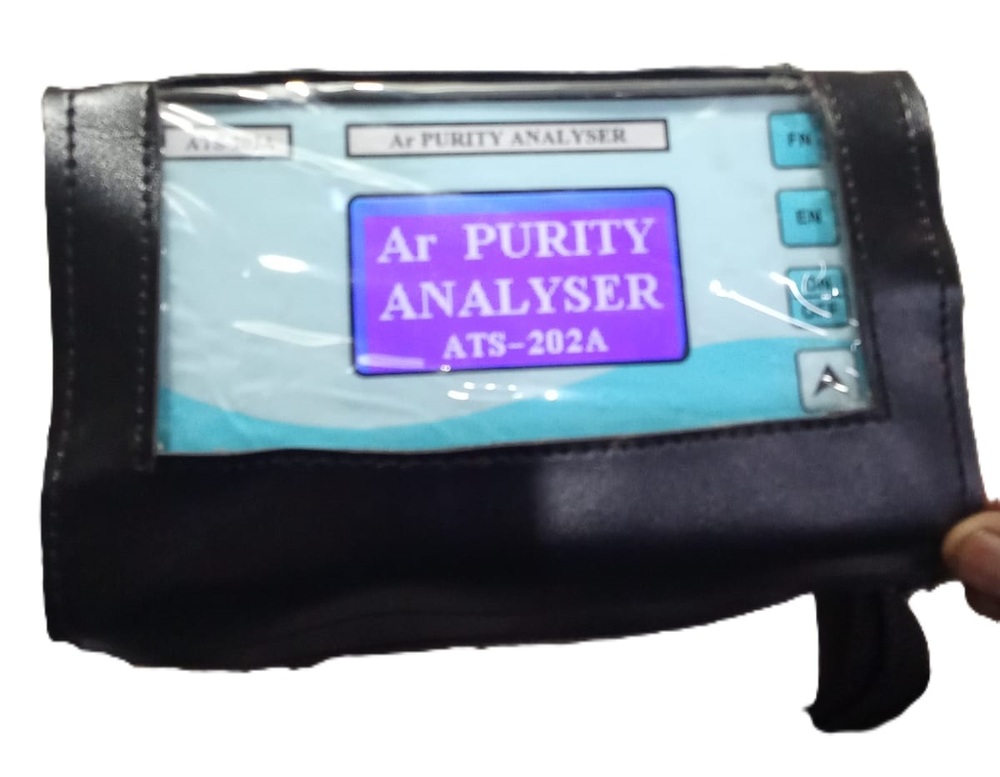
Tell us about your requirement

Price:
Quantity
Select Unit
- 50
- 100
- 200
- 250
- 500
- 1000+
Additional detail
Mobile number
Email
More Products in Gas Purity Analyzer Category
Medical Oxygen Purity Analyzer
Price 38500.00 INR
Minimum Order Quantity : 1 Number
Usage : Medical Oxygen Purity Checking
Material : ABS Plastic
Features : High Quality
Nitrogen Purity Analyzer
Price 42500 INR / Set
Minimum Order Quantity : 1 Set
Usage : Industrial
Features : Complete Automatic Operation
Nitrogen Purity Measurement
Price 85000 INR / Unit
Minimum Order Quantity : 1 Unit
Usage : Industrial
Material : Aluminium
Features : High Quality
Voltage : 240 Volt (v)
Portable Hydrogen Gas Purity Analyzer Model ATS 202A
Price 175500 INR / Unit
Minimum Order Quantity : 1 Unit
Usage : Industrial
Material : MS
Features : Good Quality
Voltage : 110215 Volt (v)

 Send Inquiry
Send Inquiry
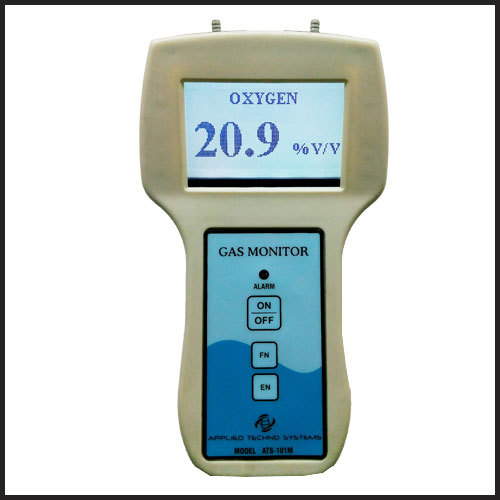

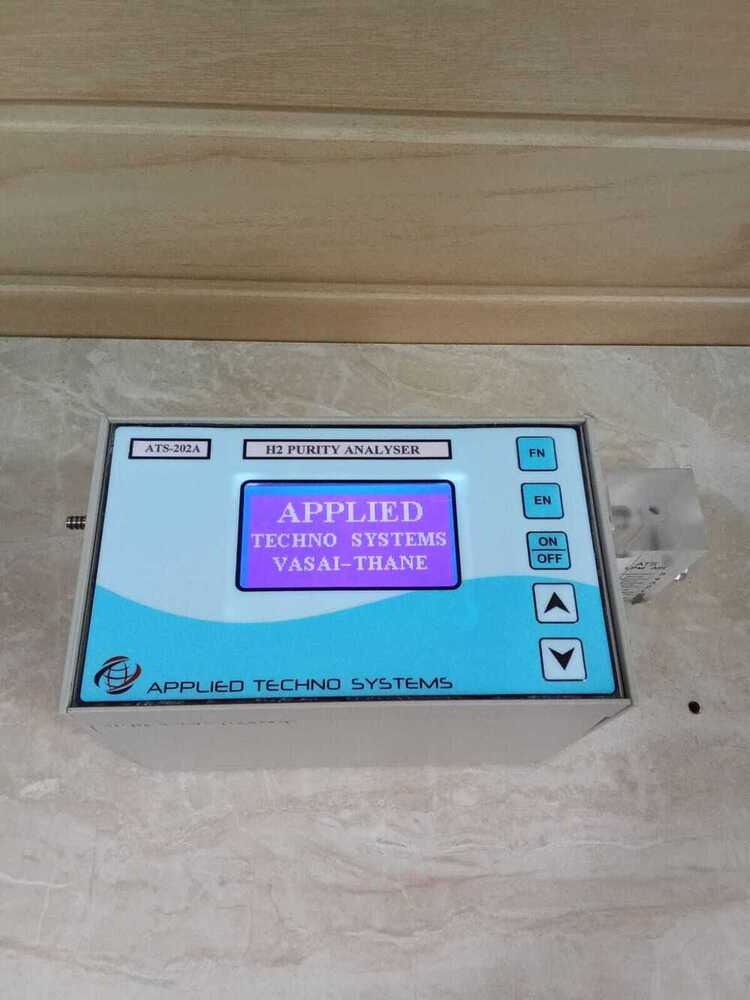


 English
English Spanish
Spanish French
French German
German Italian
Italian Chinese (Simplified)
Chinese (Simplified) Japanese
Japanese Korean
Korean Arabic
Arabic Portuguese
Portuguese